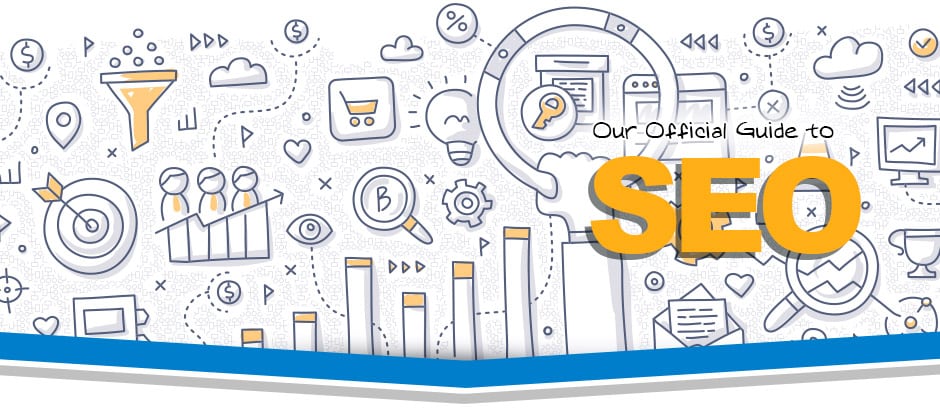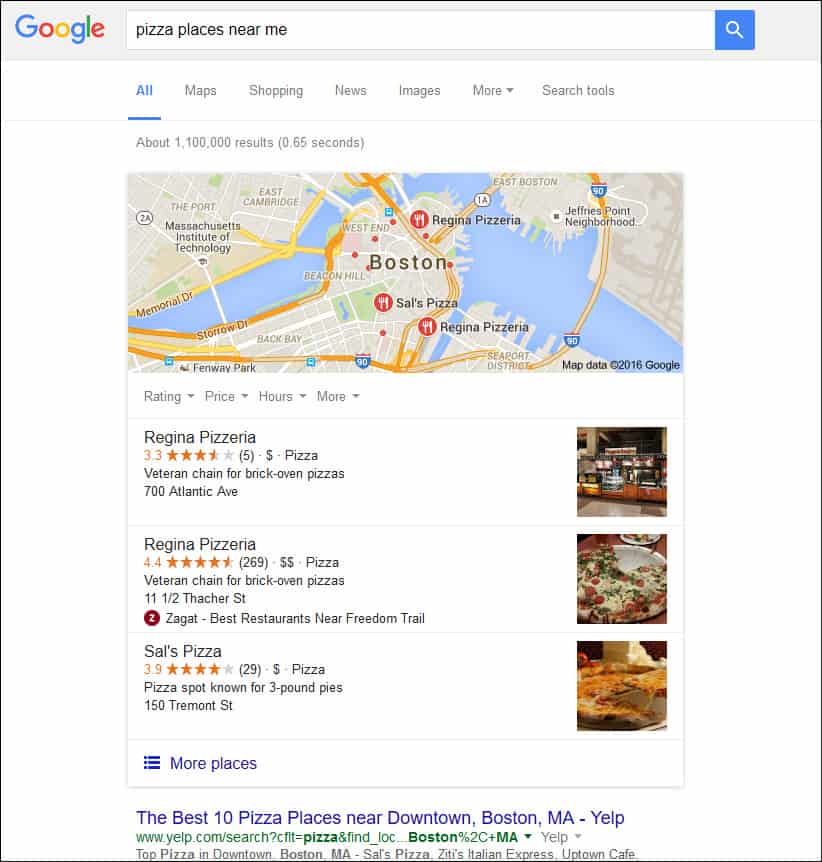Want to get your website ranking on search engines like Google & Bing? If so, you will need to start performing something called search engine optimization (commonly abbreviated SEO for short) for your website. In this article, we’ll discuss the basics of SEO and introduce you to some things you’ll need to do in order to get better rankings on search engines. So, lets start with the basics!
What is SEO?
SEO is the process of affecting the visibility of a website or web page in a search engine’s unpaid results to be placed higher on the search engine’s results page (commonly abbreviated SERP for short). In other words, it basically means trying to get your website to rank well on search engines like Google and Bing so that people can find you when searching!
Below is an example of Wikipedia’s web page ranking as the 4th result on Google for the keyword “what is seo”. Typically, the higher a web page gets placed on the SERPs, the more visibility and traffic it will receive. After all, how many times have you tried a new search rather than going to page 2?
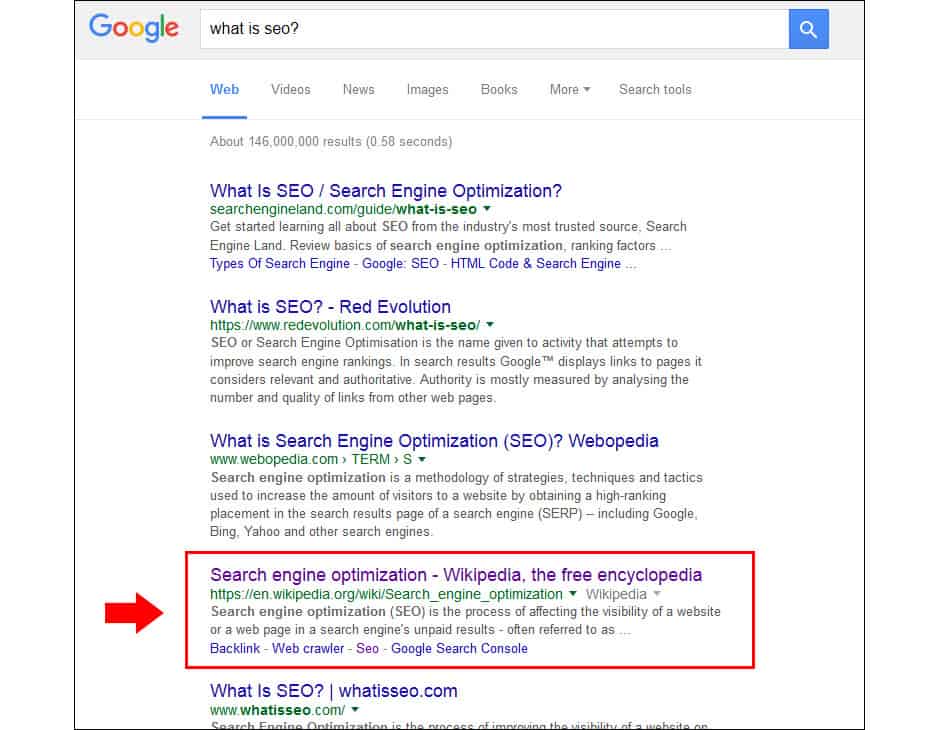
As you can imagine, there are many benefits to having your website rank well on search engines… The problem is, making it happen. Due to the nature and increasing complexity search engines use to calculate how websites rank, SEO is a long and tedious process. So the sooner you get started on it, the better. SEO is not easy either.
Most likely there are countless websites already trying to rank for the same keywords your website is. Because of this, many keywords are extremely competitive to rank for and can be very difficult for a small business owner to obtain. We recommend hiring a professional SEO company to help you accomplish your SEO goals. See Do You Really Need An SEO Company to learn more.
However, even with one, it’s still going to be a long and difficult process. Regardless of whether or not you need to hire a professional SEO, it’s a good idea to learn about the basics of SEO either way so that you can make an informed decision for your business.
Onsite Vs. Offsite
Performing SEO is generally broken down into two main parts – referred to as onsite and offsite SEO. Onsite SEO refers to the technical optimization of the physical website whereas offsite SEO refers to external procedures outside of your website. A majority of SEO companies will begin with an onsite audit of your website to analyze what technical optimizations can be improved to ensure that your website is as “search engine friendly” as possible.
After this is completed, they will shift their focus to offsite SEO procedures and continue working on this every month until your contract ends. To help give you a better understanding of onsite and offsite SEO, we’ve provided some examples below:
Examples of Onsite SEO:
- Discover the Correct Keywords – Discovering the correct keywords to target is vital to the success of an SEO campaign. If you don’t know what consumers are searching for, how do you know what to target? Using tools like the Moz Keyword Explorer, Google’s Keyword Planner, and Semrush, you can figure out what keywords in the niche are being searched for, and what keywords competitors are currently targeting. These keywords will be the backbone of the campaign.
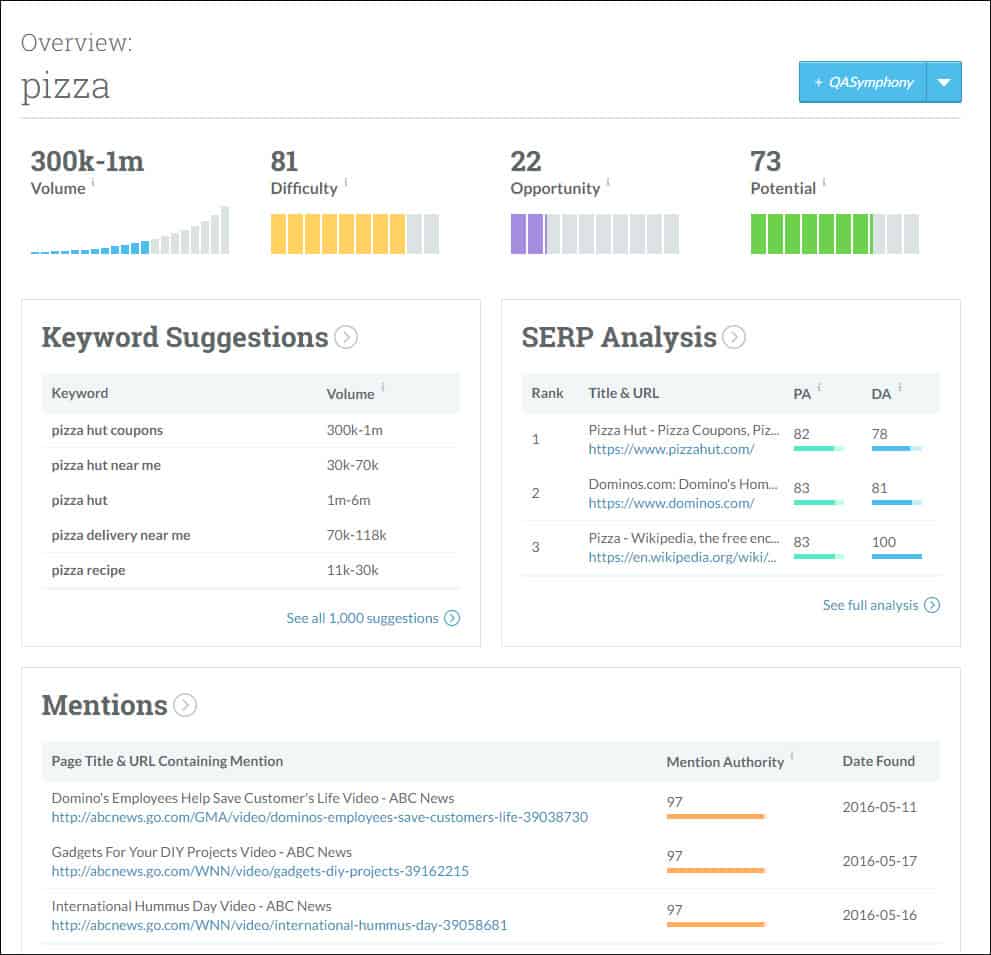
- Optimize Title Tags, Headings, Images and Content – Once you have researched and discovered your target keywords, implement these keywords strategically throughout the title tags, headings (H1 through H6), image alternate text (alt attributes), and the content within the page. It’s essential that your CMS or website builder is SEO-friendly. Be careful not to go too far. Your content should be readable for humans first and foremost!
- Restructure URLs – Every page on your website should have a well-crafted URL to semantically make sense. Optimize each URL to be descriptive while containing important keywords. Each URL must also be concise – typically no more than 75 characters in length.
- Create an XML Sitemap – An XML sitemap tells search engines about the pages within a website, their relative importance to each other, and how often the pages are updated. An XML sitemap is generally only useful to the search engine.
- Repair or Redirect Broken Pages – It is important to find and address broken (4xx error) pages within the website. Repairing or 301 redirecting the page will ensure usability for both visitors and search engines.
- Optimize for Mobile – Since Google’s “Mobilegeddon” algorithm update, a website’s responsive design or mobile friendliness, now plays a role in its ranking factor. It is important to optimize a website to be used across PCs, smartphones, and tablets.
Examples of Offsite SEO:
- Link Building – Acquiring backlinks is typically the bulk of an offsite SEO campaign. This means getting other websites to link to you. Not only is this directly beneficial to the website’s search engine optimization, but it can also serve as a direct referral to the website from other websites – driving targeted traffic to your site. Note that link building can be a double-edged sword in the world of SEO. Link building is meant to occur naturally and you should never participate in black hat link building techniques.
- Monitoring Backlinks – It is also important to keep an eye on your website’s backlinks to ensure they are valid and not hurtful to your website. Having irrelevant, “spammy” backlinks to your website may result in search engines punishing your website with ranking decreases. Continually monitoring and removing spam backlinks that point to your website is now an important part to offsite SEO.
- Competitor Analysis – It’s generally a good idea to keep an eye open on your competitors’ optimization efforts and understand how they’re websites are ranking. Find out what pages on their website are performing well in terms of SEO. What keywords are they targeting? What kind of content are they pushing? Use these answers to design a targeted SEO campaign.
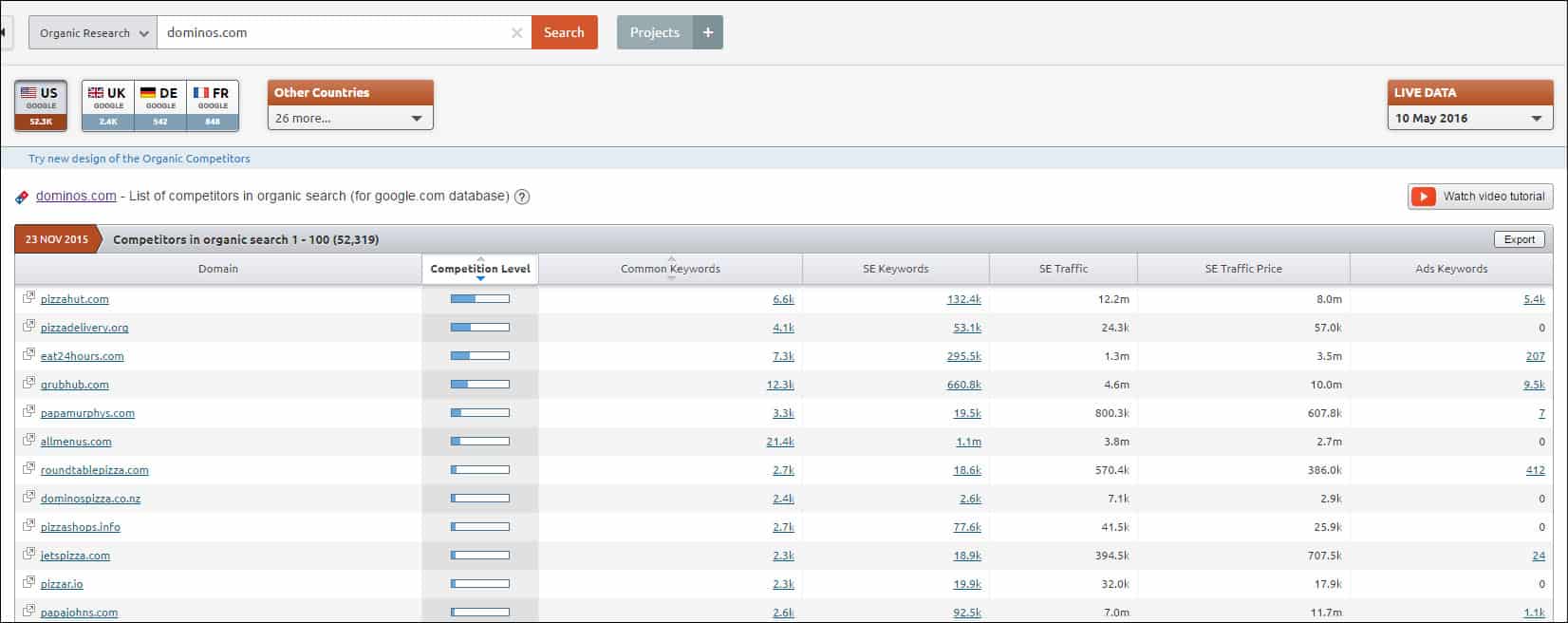
- Share Content – Social media is becoming increasingly powerful. Social shares and likes can serve as an indicator of a website’s popularity due to the valuable information it provides. Not to mention pushing content through social media channels is a great opportunity to drive targeted traffic to the website.
Optimizing for Local Search
In addition to onsite and offsite SEO, you’ll also need to consider local SEO. As the name suggests, this is for local businesses aiming for better placement on the SERPs of geographically constrained searches – essentially trying to get found by people searching nearby. Have you ever pulled out your smartphone and asked it for “pizza places near me”?
Local SEO is incredibly important for local businesses and it requires additional work. If you own a local business, you’ll need to learn about the various local ranking factors that Google uses. Furthermore, local SEO is something that is rapidly changing and you’ll need to stay up to date on best practices.
SEO Done Wrong Has Consequences
As you can see, performing SEO on your website is a lot of work. Furthermore, doing SEO the wrong way can have negative consequences! Whether you decide to hire an SEO company or do it yourself, make sure your website adheres to Google’s Webmaster Guidelines. This will help you avoid any risky or black hat techniques which could hurt your rankings. Here is a list of SEO tactics to avoid.

Conclusion
Between onsite and offsite SEO, keeping up with Google’s algorithm changes, making sure your business shows up on Google Maps, and staying ahead of the competition – search engine optimization requires a vast amount of time and effort to produce a successful campaign.
As ranking in search engines is increasingly essential to the online success of a business, it is up to that business to decide whether or not they have the resources available to manage an SEO campaign on their own, or if it is best to outsource a team of SEO professionals to handle the job for them. Whatever path you choose to take, it is imperative that SEO is part of your business’s future.
THE BEHIND THE SCENES OF THIS BLOG
This article has been written and researched following a precise methodology.
Our methodology